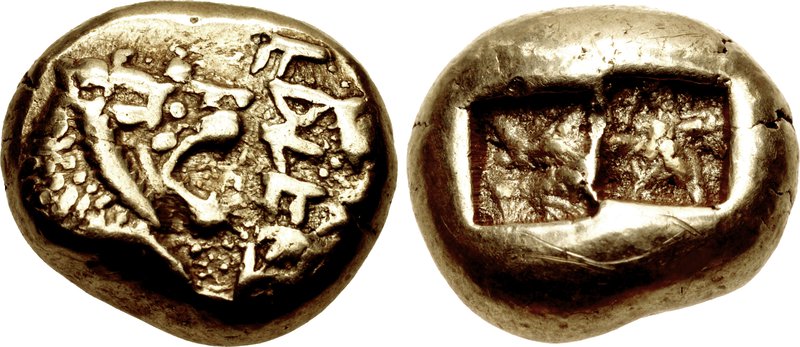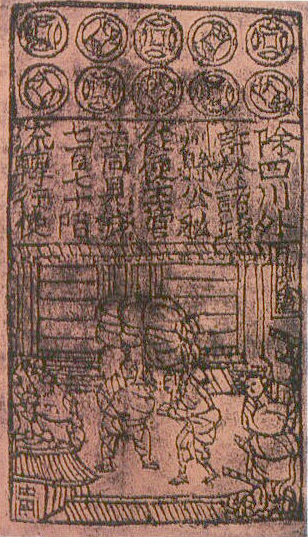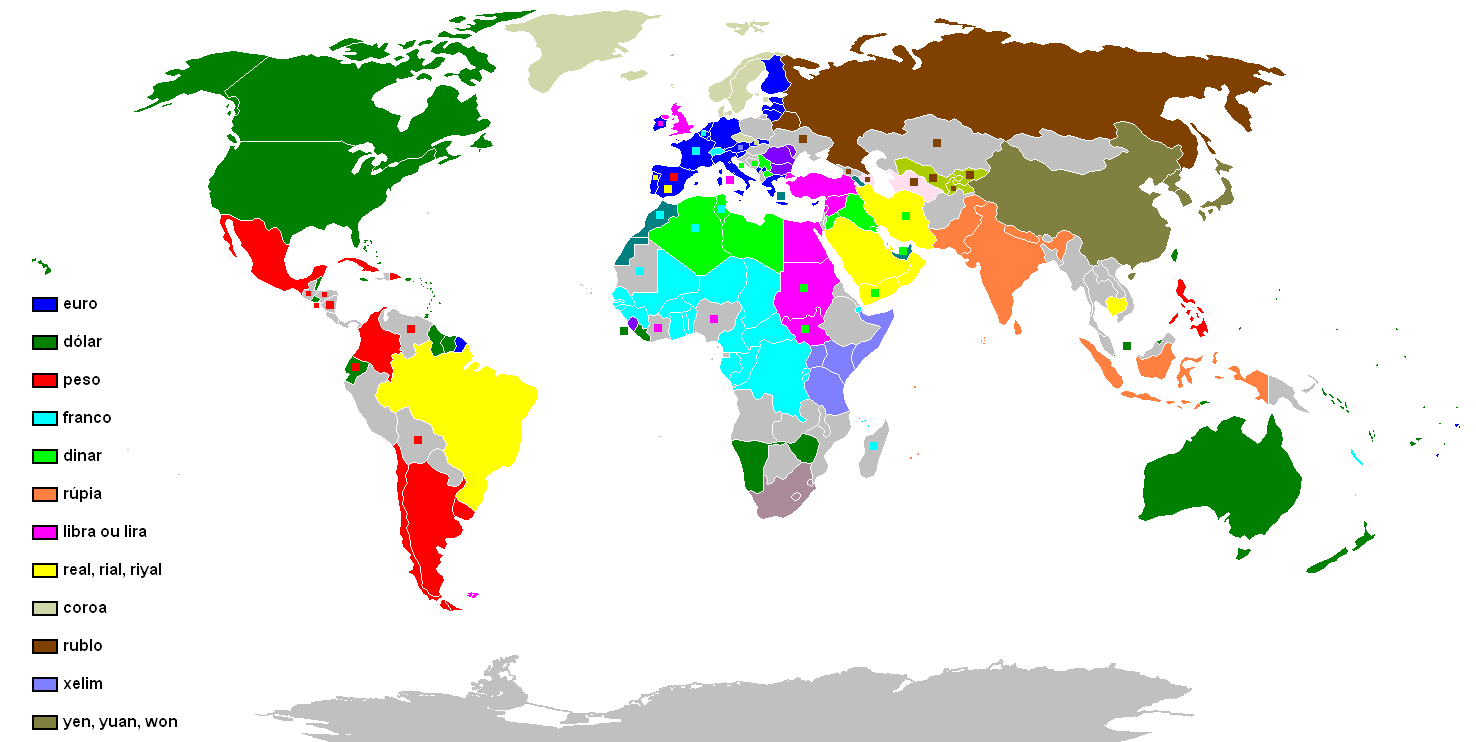|
German Ostrubel
Ostrubel (German and Polish: ; Latvian and Lithuanian: ; russian: Острубль) is the name given to a currency denominated in copecks and rubels, which was issued by Germany in 1916 for use in the eastern areas under German occupation ( and the Government General of Warsaw). It was initially equal to the Imperial rouble. The reason for the issue was a shortage of currency. The banknotes were produced by the in (now ) on 17 April 1916. From 4 April 1916, the circulated alongside the in the area, with = 1 . In the Government General of Warsaw the was replaced by the Polish on 14 April 1917. Denominations The denominations available were: * 20 copecks; * 50 copecks; * 1 rubel; * 3 rubels; * 10 rubels; * 25 rubels; * 100 rubels. The front sides of the banknotes carry a warning in German against forging banknotes. On the reverse sides is the same warning in Latvian (with old style orthography), Lithuanian and Polish. There were also 1 copeck, 2 copeck and 3 copeck ... [...More Info...] [...Related Items...] OR: [Wikipedia] [Google] [Baidu] |
German Language
German ( ) is a West Germanic language mainly spoken in Central Europe. It is the most widely spoken and official or co-official language in Germany, Austria, Switzerland, Liechtenstein, and the Italian province of South Tyrol. It is also a co-official language of Luxembourg and Belgium, as well as a national language in Namibia. Outside Germany, it is also spoken by German communities in France ( Bas-Rhin), Czech Republic (North Bohemia), Poland ( Upper Silesia), Slovakia (Bratislava Region), and Hungary ( Sopron). German is most similar to other languages within the West Germanic language branch, including Afrikaans, Dutch, English, the Frisian languages, Low German, Luxembourgish, Scots, and Yiddish. It also contains close similarities in vocabulary to some languages in the North Germanic group, such as Danish, Norwegian, and Swedish. German is the second most widely spoken Germanic language after English, which is also a West Germanic language. German ... [...More Info...] [...Related Items...] OR: [Wikipedia] [Google] [Baidu] |
Polish Mark
The mark ( pl, marka polska, abbreviated ''Mp'', Polish-language plural declensions: ''marki, marek'') was the currency of the Kingdom of Poland and of the Republic of Poland between 1917 and 1924. It was subdivided into 100 ''fenigs'' (phonetic Polish spelling of German "pfennig"), like its German original after which it was modelled. History During the World War I, in 1915, after defeating the Russians, the Central Powers occupied the whole territory of the former Congress Poland and appointed two Governors General: a German ( Hans Hartwig von Beseler) in Warsaw and an Austro-Hungarian () in Lublin. The civil administration of the country was laid into the hands of imported German (mostly Prussian) and Austrian (mostly Polish) officials. Four currencies circulated: the Russian ruble, the papiermark, the ostrubel and the Austro-Hungarian crown. On December 9 the following year, after consultations with the Austrians, the chief of the German Administration, proclaimed t ... [...More Info...] [...Related Items...] OR: [Wikipedia] [Google] [Baidu] |
Modern Obsolete Currencies
Modern may refer to: History * Modern history ** Early Modern period ** Late Modern period *** 18th century *** 19th century *** 20th century ** Contemporary history * Moderns, a faction of Freemasonry that existed in the 18th century Philosophy and sociology * Modernity, a loosely defined concept delineating a number of societal, economic and ideological features that contrast with "pre-modern" times or societies ** Late modernity Art * Modernism ** Modernist poetry * Modern art, a form of art * Modern dance, a dance form developed in the early 20th century * Modern architecture, a broad movement and period in architectural history * Modern music (other) Geography * Modra, a Slovak city, referred to in the German language as "Modern" Typography * Modern (typeface), a raster font packaged with Windows XP * Another name for the typeface classification known as Didone (typography) * Modern, a generic font family name for fixed-pitch serif and sans serif fonts ... [...More Info...] [...Related Items...] OR: [Wikipedia] [Google] [Baidu] |
German Empire In World War I
German(s) may refer to: * Germany (of or related to) **Germania (historical use) * Germans, citizens of Germany, people of German ancestry, or native speakers of the German language ** For citizens of Germany, see also German nationality law **Germanic peoples (Roman times) * German language **any of the Germanic languages * German cuisine, traditional foods of Germany People * German (given name) * German (surname) * Germán, a Spanish name Places * German (parish), Isle of Man * German, Albania, or Gërmej * German, Bulgaria * German, Iran * German, North Macedonia * German, New York, U.S. * Agios Germanos, Greece Other uses * German (mythology), a South Slavic mythological being * Germans (band), a Canadian rock band * "German" (song), a 2019 song by No Money Enterprise * ''The German'', a 2008 short film * "The Germans", an episode of ''Fawlty Towers'' * ''The German'', a nickname for Congolese rebel André Kisase Ngandu See also * Germanic (other) ... [...More Info...] [...Related Items...] OR: [Wikipedia] [Google] [Baidu] |
Currencies Of Russia
A currency, "in circulation", from la, currens, -entis, literally meaning "running" or "traversing" is a standardization of money in any form, in use or circulation as a medium of exchange, for example banknotes and coins. A more general definition is that a currency is a ''system of money'' in common use within a specific environment over time, especially for people in a nation state. Under this definition, the British Pound Sterling (£), euros (€), Japanese yen (¥), and U.S. dollars (US$)) are examples of (government-issued) fiat currencies. Currencies may act as stores of value and be traded between nations in foreign exchange markets, which determine the relative values of the different currencies. Currencies in this sense are either chosen by users or decreed by governments, and each type has limited boundaries of acceptance - i.e. legal tender laws may require a particular unit of account for payments to government agencies. Other definitions of the term "currenc ... [...More Info...] [...Related Items...] OR: [Wikipedia] [Google] [Baidu] |
Currencies Of Poland
A currency, "in circulation", from la, currens, -entis, literally meaning "running" or "traversing" is a standardization of money in any form, in use or circulation as a medium of exchange, for example banknotes and coins. A more general definition is that a currency is a ''system of money'' in common use within a specific environment over time, especially for people in a nation state. Under this definition, the British Pound Sterling (£), euros (€), Japanese yen (¥), and U.S. dollars (US$)) are examples of (government-issued) fiat currencies. Currencies may act as stores of value and be traded between nations in foreign exchange markets, which determine the relative values of the different currencies. Currencies in this sense are either chosen by users or decreed by governments, and each type has limited boundaries of acceptance - i.e. legal tender laws may require a particular unit of account for payments to government agencies. Other definitions of the term " ... [...More Info...] [...Related Items...] OR: [Wikipedia] [Google] [Baidu] |
Currencies Of Lithuania
A currency, "in circulation", from la, currens, -entis, literally meaning "running" or "traversing" is a standardization of money in any form, in use or circulation as a medium of exchange, for example banknotes and coins. A more general definition is that a currency is a ''system of money'' in common use within a specific environment over time, especially for people in a nation state. Under this definition, the British Pound Sterling (£), euros (€), Japanese yen (¥), and U.S. dollars (US$)) are examples of (government-issued) fiat currencies. Currencies may act as stores of value and be traded between nations in foreign exchange markets, which determine the relative values of the different currencies. Currencies in this sense are either chosen by users or decreed by governments, and each type has limited boundaries of acceptance - i.e. legal tender laws may require a particular unit of account for payments to government agencies. Other definitions of the term " ... [...More Info...] [...Related Items...] OR: [Wikipedia] [Google] [Baidu] |
Currencies Of Latvia
A currency, "in circulation", from la, currens, -entis, literally meaning "running" or "traversing" is a standardization of money in any form, in use or circulation as a medium of exchange, for example banknotes and coins. A more general definition is that a currency is a ''system of money'' in common use within a specific environment over time, especially for people in a nation state. Under this definition, the British Pound Sterling (£), euros (€), Japanese yen (¥), and U.S. dollars (US$)) are examples of (government-issued) fiat currencies. Currencies may act as stores of value and be traded between nations in foreign exchange markets, which determine the relative values of the different currencies. Currencies in this sense are either chosen by users or decreed by governments, and each type has limited boundaries of acceptance - i.e. legal tender laws may require a particular unit of account for payments to government agencies. Other definitions of the term "currenc ... [...More Info...] [...Related Items...] OR: [Wikipedia] [Google] [Baidu] |
Currencies Of Germany
This is a list of current and historical currency of Germany. The sole currency of Germany has been the Euro since 2002. List {, class="wikitable sortable" , - !class=unsortable , Currency ! Area !Date created !Date abolished , - , Euro , , 1999 , current currency , - , Deutsche Mark , (unified) , 1990 (unified)1948 (West Germany) , 2002 , - , East German mark , , 1948 , 1990 , - , Saar franc , Saarland , 1947 , 1959 , - , Saar mark , Saarland , 1947 , 1947 , - , Reichsmark , , 1924 , 1948 , - , German Rentenmark , , 1923 , 1924 , - , German Papiermark , , 1914 , 1923 , - , German gold mark , , 1873 , 1914 , - , Vereinsthaler The Vereinsthaler (, ''union thaler'') was a standard silver coin used in most German states and the Austrian Empire in the years before German unification. The Vereinsthaler was introduced in 1857 to replace the various versions of the North Ger ... , North German states , 1857 , 1873 , - , South German gulden , South German states , 1754 , 1 ... [...More Info...] [...Related Items...] OR: [Wikipedia] [Google] [Baidu] |
Currencies Of Estonia
A currency, "in circulation", from la, currens, -entis, literally meaning "running" or "traversing" is a standardization of money in any form, in use or circulation as a medium of exchange, for example banknotes and coins. A more general definition is that a currency is a ''system of money'' in common use within a specific environment over time, especially for people in a nation state. Under this definition, the British Pound Sterling (£), euros (€), Japanese yen (¥), and U.S. dollars (US$)) are examples of (government-issued) fiat currencies. Currencies may act as stores of value and be traded between nations in foreign exchange markets, which determine the relative values of the different currencies. Currencies in this sense are either chosen by users or decreed by governments, and each type has limited boundaries of acceptance - i.e. legal tender laws may require a particular unit of account for payments to government agencies. Other definitions of the term "currenc ... [...More Info...] [...Related Items...] OR: [Wikipedia] [Google] [Baidu] |
Second Polish Republic
The Second Polish Republic, at the time officially known as the Republic of Poland, was a country in Central and Eastern Europe that existed between 1918 and 1939. The state was established on 6 November 1918, before the end of the First World War. The Second Republic ceased to exist in 1939, when Poland was invaded by Nazi Germany, the Soviet Union and the Slovak Republic, marking the beginning of the European theatre of the Second World War. In 1938, the Second Republic was the sixth largest country in Europe. According to the 1921 census, the number of inhabitants was 27.2 million. By 1939, just before the outbreak of World War II, this had grown to an estimated 35.1 million. Almost a third of the population came from minority groups: 13.9% Ruthenians; 10% Ashkenazi Jews; 3.1% Belarusians; 2.3% Germans and 3.4% Czechs and Lithuanians. At the same time, a significant number of ethnic Poles lived outside the country's borders. When, after several regional conflicts ... [...More Info...] [...Related Items...] OR: [Wikipedia] [Google] [Baidu] |
Lithuanian Litas
The Lithuanian litas ( ISO currency code LTL, symbolized as Lt; plural ''litai'' (nominative) or ''litų'' (genitive) was the currency of Lithuania, until 1 January 2015, when it was replaced by the euro. It was divided into 100 centų (genitive case; singular ''centas'', nominative plural ''centai''). The litas was first introduced on 2 October 1922 after World War I, when Lithuania declared independence and was reintroduced on 25 June 1993, following a period of currency exchange from the rouble to the litas with the temporary talonas then in place. The name was modeled after the name of the country (similar to Latvia and its lats). From 1994 to 2002, the litas was pegged to the U.S. dollar at the rate of 4 to 1. The litas was pegged to the euro at the rate of 3.4528 to 1 since 2002. The euro was expected to replace the litas by 1 January 2007, but persistent high inflation and the economic crisis delayed the switch. On 1 January 2015 the litas was switched to the euro at ... [...More Info...] [...Related Items...] OR: [Wikipedia] [Google] [Baidu] |






